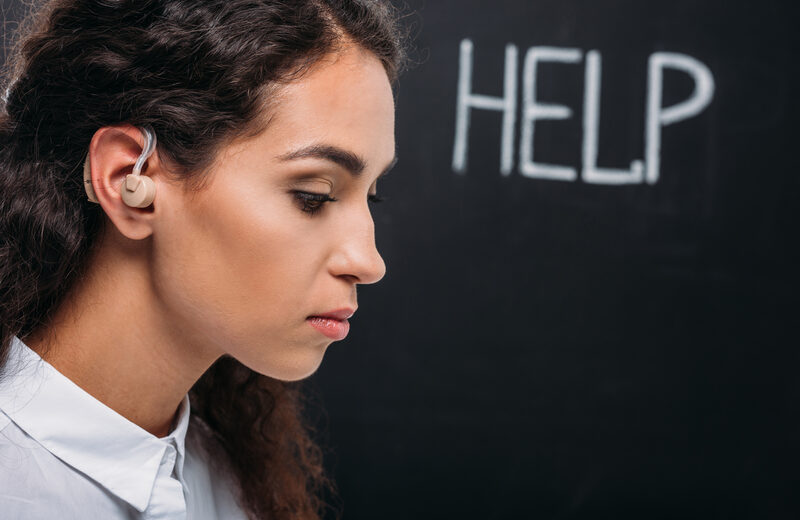Hearing issues affect millions of people of every age all across America. The biggest problem is that many feel disconnected and alone when the world is silent or hard to hear. The good news is that the vast majority of people who experience hearing loss have a set of hearing aids to enable them to reconnect with the world around them. However, even the most sophisticated device isn’t free of errors and issues. Read on to learn the best hearing aid troubleshooting tips to help deal with these minor annoyances.
Hearing Aid Troubleshooting Tips: Common Hearing Aid Problems and How to Fix Them
1. Check The Batteries
Generally speaking, most issues are due to poor battery performance. Not charging enough or excessive use of extra features like Bluetooth and RF connections can drain batteries rapidly. The most common issues caused by low battery power include:
• Dull or weak sounds
• Intermittent signal (sounds cutting in and out)
• Static and interference noises
2. Clean Your Device
Another common cause of poor sound quality is the presence of debris and dirt inside the critical components of a hearing aid. As many experienced hearing aid users will tell you, having a good cleaning kit is vital to keep your device clean and in working order.
3. Dealing With Feedback
Feedback occurs whenever the hearing aid can pick up its own signal and thus sends it back, amplified, out of the speaker, making it louder and louder until it starts to whistle or ring. Try these tips if you are experiencing feedback:
• Remove anything that could be covering your hearing aid, like hoods or hats.
• Ensure the volume is not set to levels higher than the default setting.
• Make sure your device is fitting snugly into your ears; gaps can allow sounds from the speaker to be picked up by the receiver creating a feedback loop.
4. Experiencing Pain And Irritation
Technical issues aren’t the only thing that can go wrong with wearing hearing aids. Issues with physical contact can also interfere with how comfortable your devices are to wear.
Make sure that your hearing aid fits properly. If your device isn’t secure or tends to move around a lot, it can irritate the skin anywhere your device comes into contact with it. Additionally, it can be common for people to swap the left and right accidentally, which can be very uncomfortable.
If problems with pain and comfortability persist, schedule an appointment with your doctor to check for proper fit or the possibility of impacted earwax.





